Introduction
Buttons are a part of our life that we use regularly and without paying any attention to them but they have an interesting past that goes back to the past thousands of years. From being simply a practical fastener to becoming a symbol of wealth, power, and personal expression, the History of Buttons has developed into the tale of creativity, culture, and craftsmanship. Let us travel through time together and discover the transition of buttons from the simple garments they were in the past to the fashion that is a statement of them these days.
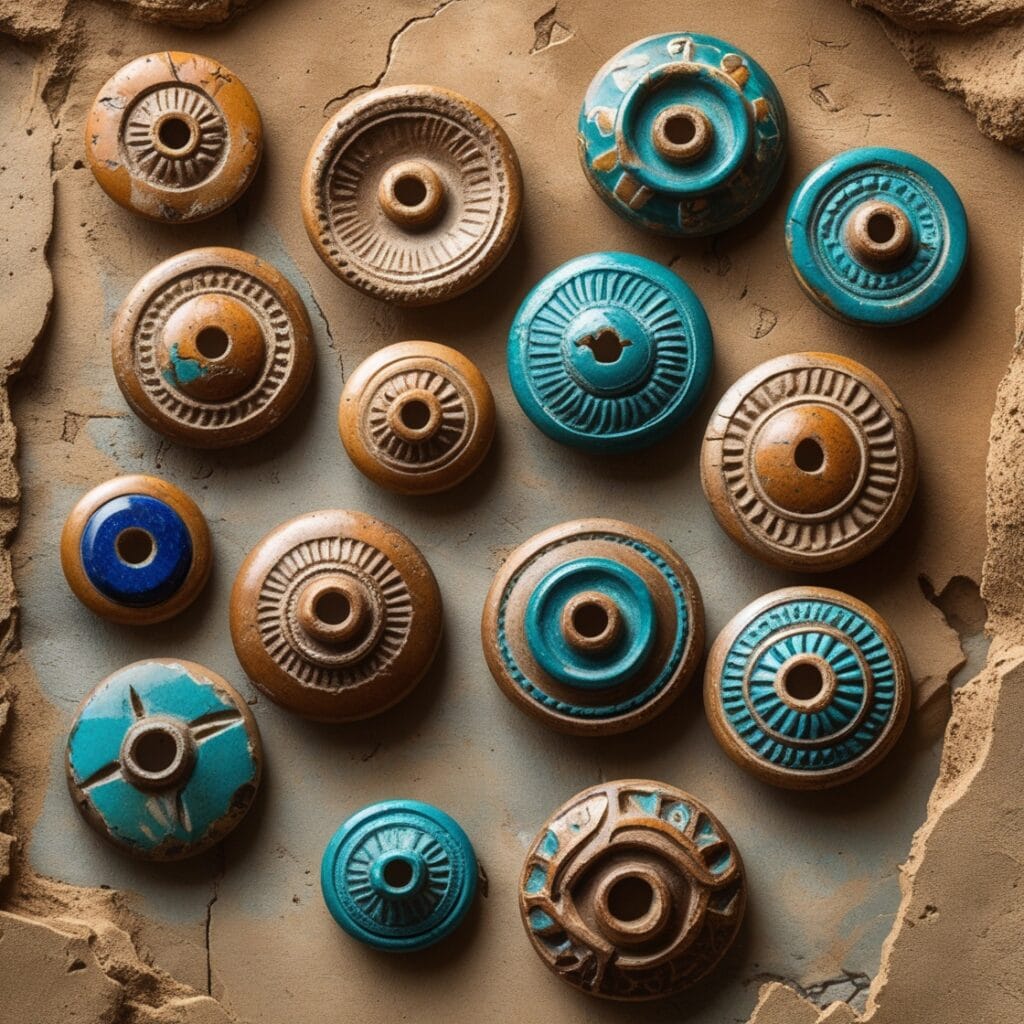
The Origins of Buttons
The very first History of Buttons travels back to the days of ancient civilizations with the initial ones having been discovered from roughly 2800 BCE onwards. It was through the use of these ornamental objects or the wearing of clothes that they were symbolic of status and not for keeping them nosy. The earliest buttons were found by archaeologists in the Indus Valley Civilization, where ivories, bones, or shells were used by the ancient craftsmen to make them.
There is a whole range of options that come with jewelry as well as seals, therefore, it is clear that buttons were used mainly for decoration purposes but were also used for activities such as fastening clothes. Notwithstanding the fact that the Bronze Age (around 2000 BCE) was the period when the buttons came into a state of fasteners, the presence of the buttons as decorative articles, particularly as those crafted in autumn and held creatively in place, was noticed.
The invention of such devices as bronze and with the implementation of the process of making the buttons, the fastening of clothes became the custom of the day. These buttons were, usually, round, or disc-shaped, which was not only the total design of that particular period, but also it was quite efficient and head-of-its-time.
The Roman and Medieval Eras: Buttons as Design
As we get into the new Roman Empire (from 500 BCE to 500 CE), buttons were used more for the purpose of utilitarianism. Romans clothed in tunics and cloaks applied the buttons, or so-called fibulae, as their fasteners. The production of these fibulae was a fine art of metal and their ulterior was not only the purposely but the also the ornamentation.
They were intricately worked, with the decorative motives of the culture and sometimes of the wearer’s social state. In the line of History of Buttons, the Medieval era (5th to 15th century), there was still very little that we would identify today as common fasteners and buttons.
The fact that there were no other inflammatory components such as the plastic material in the Middle Ages led to the impression that there would not be any other incendiary things in the vicinity of the firefighters. Firefighters have to be aware of the risks to which they are exposed in the case of a fire. The beauty of the steel was all that the customers of this particular company were interested in.

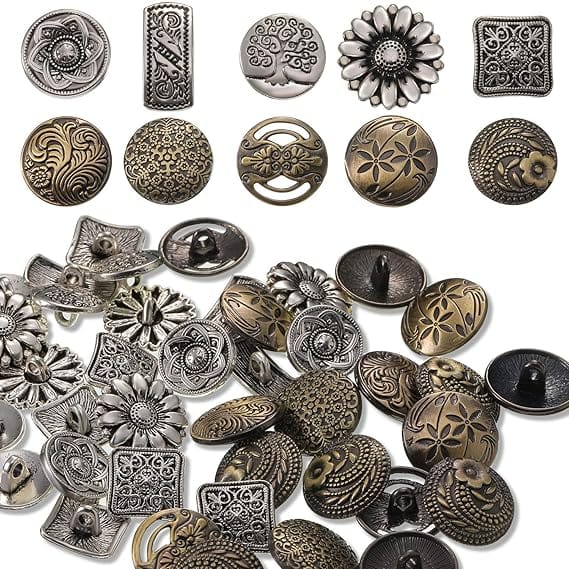
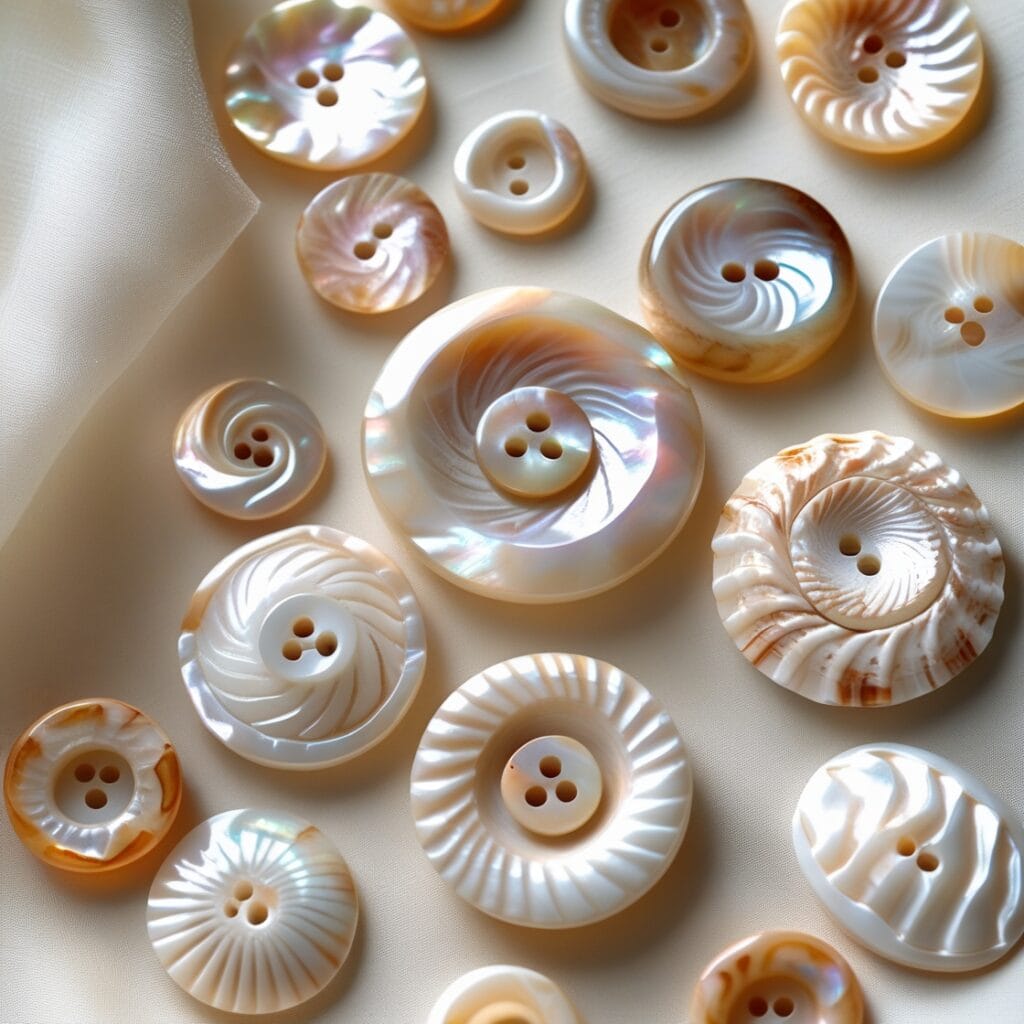
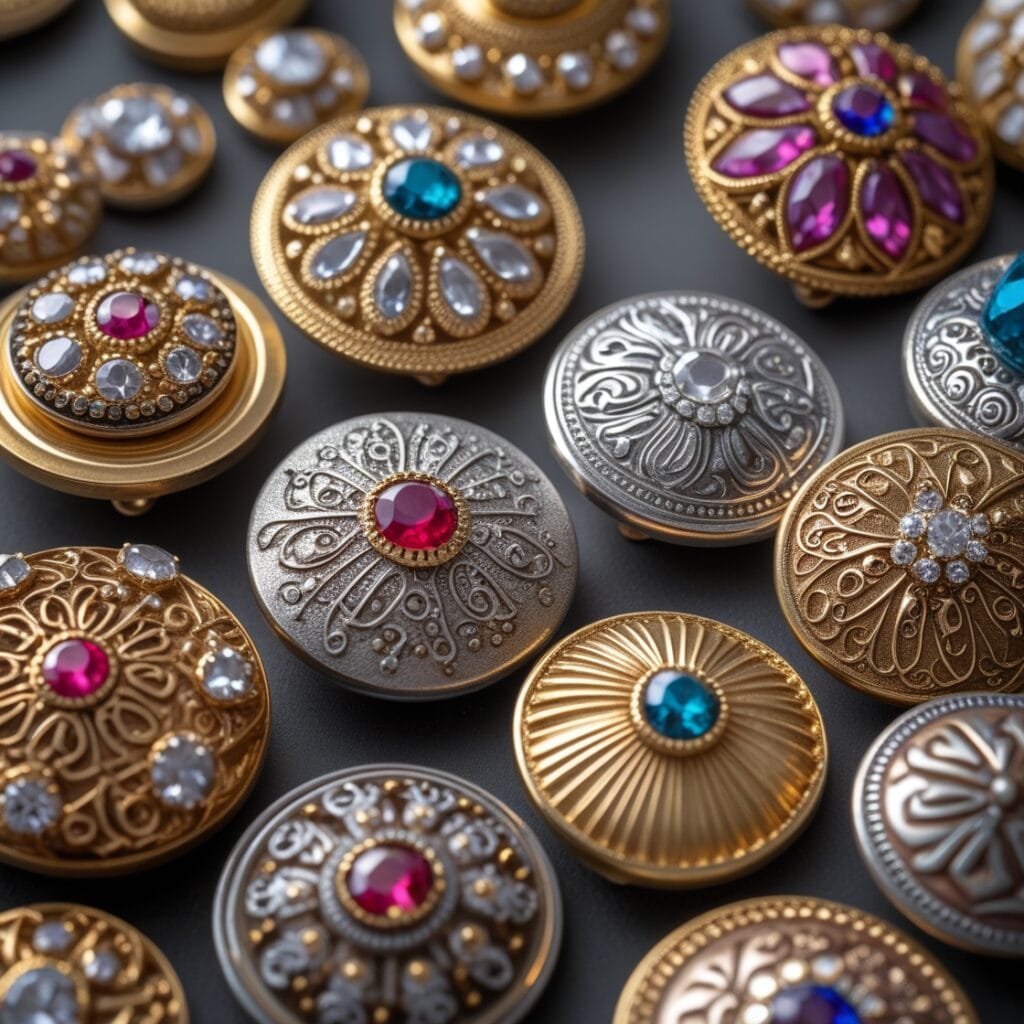


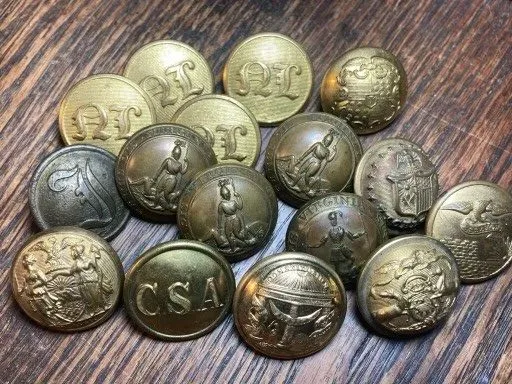
Surprisingly, buttons were first covers that protected elaborate laces as well as hooks and eyes. Before buttons began to be used as the exterior clasp in the 14th century, significant changes were made in the fastening of clothing such as lacing. The history of buttons in those days, nevertheless, gave quite a contrary fact that is fashion was already turning prevalent as the designs such as the buttons to indicate status were already popular.
The Renaissance and Baroque Periods: A Flourish of Decorative Buttons
In the Chronology of the History of Buttons The Renaissance: (14th to 17th century) and Baroque periods (17th to 18th century) were adorned with exquisite works of art and delicate decoration on goods and accessories, and buttons were one of the most exquisite objects at that time. These buttons glowing in the dark-color of blackness were not only the most complex ones in a hundred but also the most beautiful and attractive ones. The black color of the buttons shone in the dark. It should be mentioned that the black buttons, although technically not the most difficult, are the most beautiful. Remember the fact that the buttons did not meet the travelers’ eyes at night due to their black color.
The History of Buttons in the Renaissance era experienced a major burst of creativity in the design of these objects. There were times when buttons were made of many different materials, including gold, silver, and pearls. Therefore, a lot of times, they were embellished with gemstones and, thus, to be arranged in the form of flowers, animals, or intricate patterns. Quite a number of them were so big that they functionally became a focal point of a garment that would be a flaunt of the wearer’s status and taste.
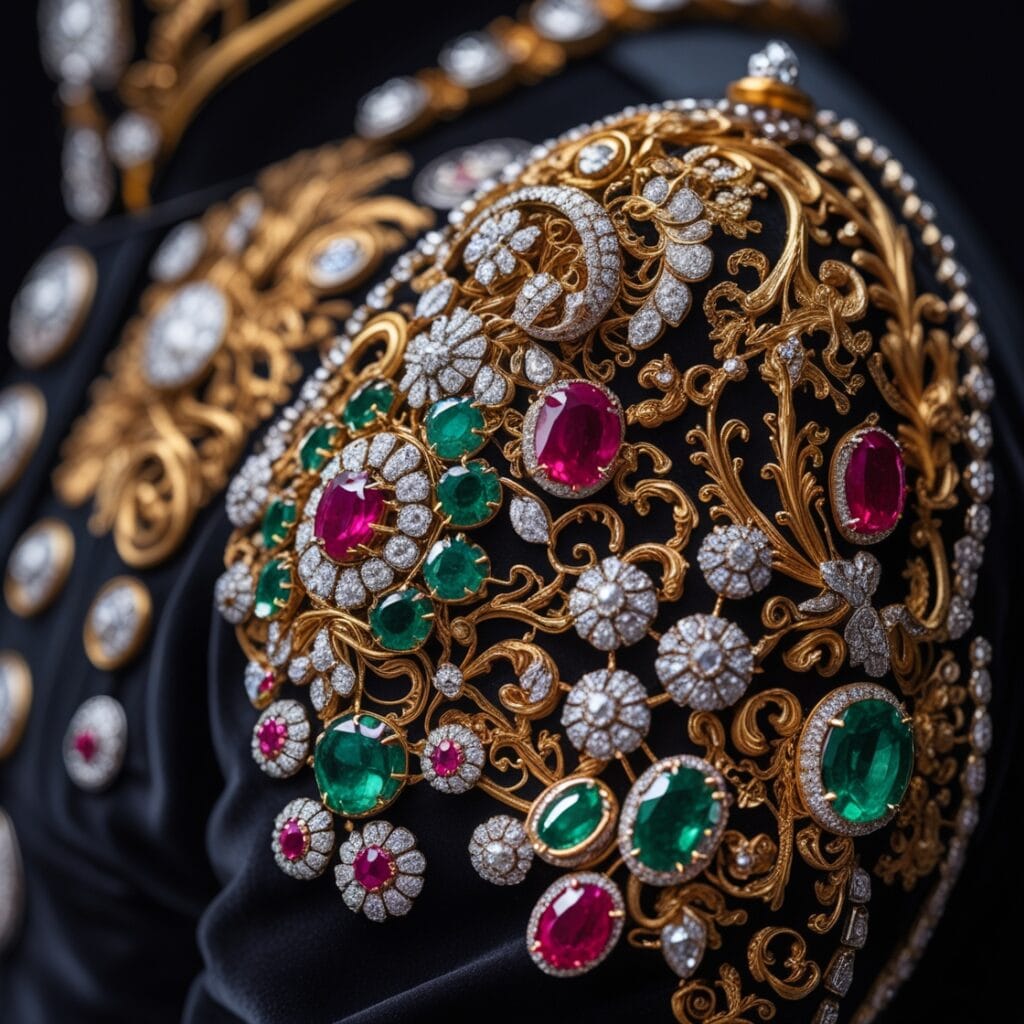
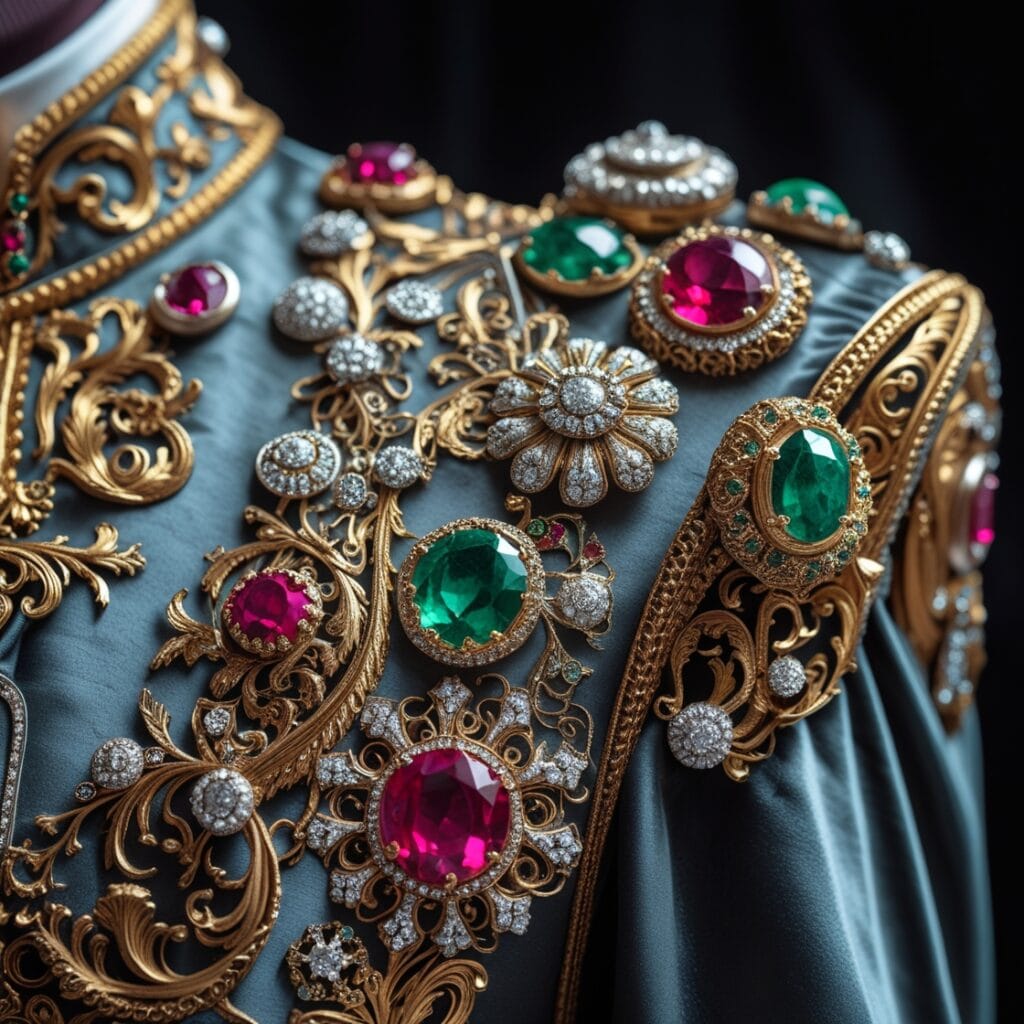
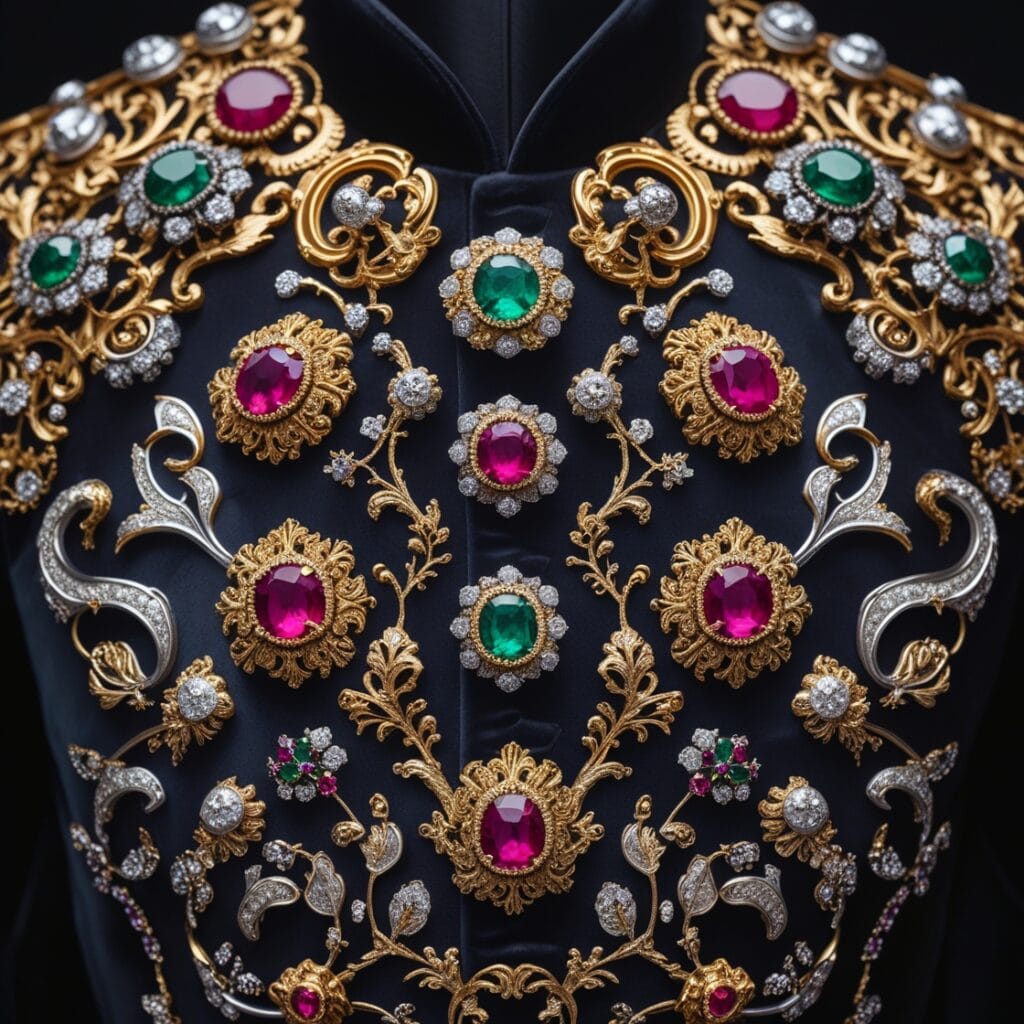
The Baroque period took this opulence to an even higher level. Clothing was restored as a more extravagant art with irregular ravishing silhouettes, ruffled collars, and multi-layered garments. It’s true that buttons that are now more decorative than functional are made from materials such as enamel, glass, composite, and even crystal. They were often big and could be found on the sleeves, collars, and waistlines of the clothes. The history of buttons during this time says about the extravaganza and the fanfare of the epoch, with buttons becoming a reflection of one’s social standing and refinement.
The Industrial Revolution: Mass Production and Standardization
The Industrial Revolution, which started in the late 18th century, was a major source of change in nearly all areas of life among which the History of Buttons did not stay aside either. Following these changes, the mass production of buttons became cheaper and the general public got access to them. What once had been the privilege of the rich, buttons now were made in factories using new machinery that could produce a large number of uniform buttons at a cheaper price.
This era also recorded the advent of new materials in button-making, in addition to glass, plastic, and bakelite (a kind of early plastic). Buttons took on a variety of colors and shapes in which they became an integral part of both casual and high fashion. The history of buttons during that time serves to expose how people began to change their dress code due to the mass production of buttons democratized fashion, making decorative elements like buttons available to people of all social classes.
The 20th Century: Innovation and Iconic Fashion Moments
The beginning of the 20th century marked the period when buttons were both a staple of the clothing industry and the epitome of the beginning of the factory system. The evolution of fashion as it relates to the history of buttons has been a duality of innovation and traditional pieces. Buttons evolved after serving merely the purpose of functional use while fastening the garments.
They were also the means that people used to give out the message of who they were and to establish themselves independently. Specifically, as the suffragette movement, women gained the right not to be deprived according to the law, which was the core matter, they got dressed up not just in clothing but digitally as an avatar and wore buttons marching in the streets as a symbol of their rebelliousness.
In case women found the right to vote, this would enable women to have a say while they were getting dressed and not just while designing a computer outfit. Some of the most famous fashion personalities in the 20th century such as Coco Chanel and Yves Saint Laurent, used buttons to make their clothes, this brought a drastic change in the face of the History of Buttons.
Buttons were advanced from being merely a fashion accessory to becoming a symbol of sophistication and high fashion through the efforts of Chanel and Saint Laurent. The multipurpose factor of buttons was no longer just a matter of the designer’s creativity.
Chanel did not use buttons only for their functional attributes but also to make her tweed jackets legendary in the 1950s. She chose gold buttons to make a plain tweed jacket gorgeous and an evergreen fashion item. Over the years, buttons have transformed in materials and design. Because of the development of modern synthetic materials by the time, end of the 20th century, buttons were made of plastic, iron, wood, and even cloth. The pliability in design and materials offered them a broader range of creative expression, so they could develop as technology changed and people’s tastes and styles no longer remained the same.
The Fascinating World of Expensive Buttons
We have discovered that, over time, buttons have represented the social position and economic wealth of there customers, many of which have turned into the most valuable items of the very many rare antique buttons. The history of buttons includes stories of buttons which were sold at an auction at an extremely high price, thus becoming the most expensive in the world.
World’s Ten Most Expensive Buttons
The Imperial Chinese Jade Button – $6 million
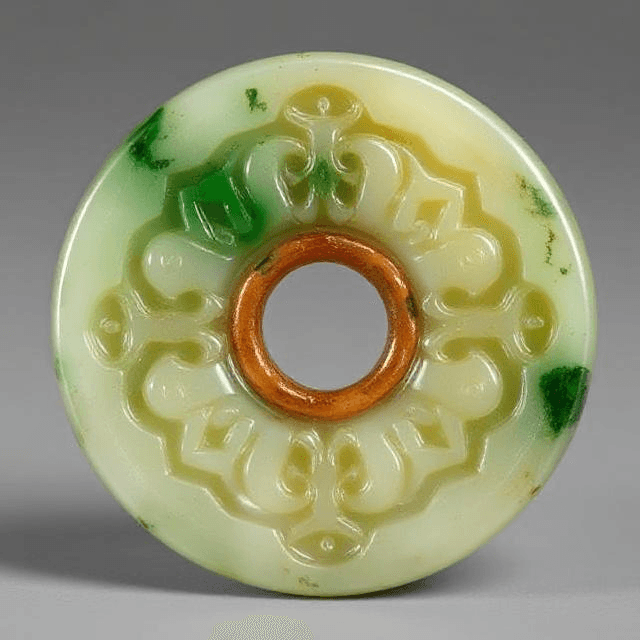
This button is manufactured from one of the finest and best quality Jades, which is very rare and is considered a masterpiece. At some point, the button was included in a royal robe worn by an emperor who ruled ancient China. The blending of its historical and artistic values is the one that makes it the most priceless button in the world.
The Diamond-Studded Royal Button – $5.5 million

A royal family-owned button is totally covered with diamonds, as it is made by platinum. The fact that it’s extremely rare, and it has the royal family’s history have made it into one of the most expensive buttons in the world.
The Napoleon Button – $4.8 million
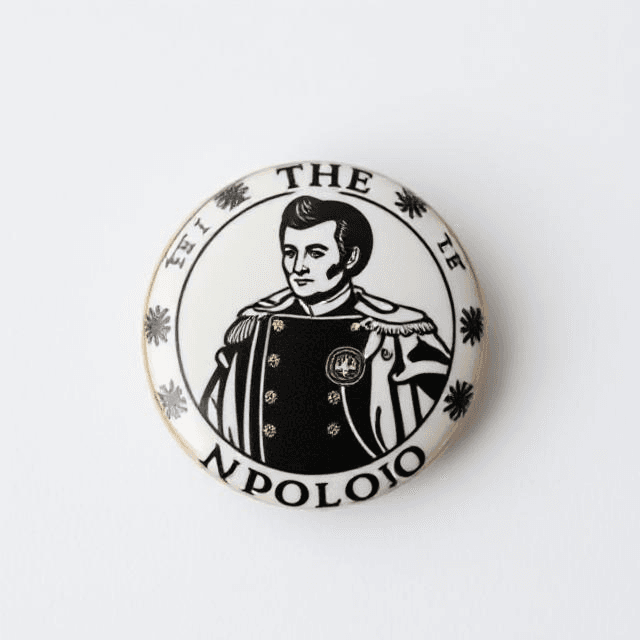
This button is believed to be belonged to Napoleon Bonaparte which he wore during battles. It is gold and set with intricate engravings, which makes it a powerful share of the history and that is why its price is high.
The Fabergé Button – $4.5 million

The material used was precious stones, and it was created by the popular Russian jewelry designer Fabergé who was the part of the Russian royal family.
The Tiffany & Co. Platinum Button – $3.7 million
The Tiffany & Co. Platinum Button – $3.7 million

This button was made by the luxury brand Tiffany & Co. and is made out of platinum. The diamonds on the button were used to decorate it. It has got a polished design, as well as the fact that it is luxury brand have made it collectors’ favorite.
The Victorian Gold Button – $3.5 million

It belonged to Queen Victoria – a once in a generation chance! The 22-karat gold that the button is made of is embellished with sapphires and rubies.
The Ruby-Encrusted Button – $2.9 million
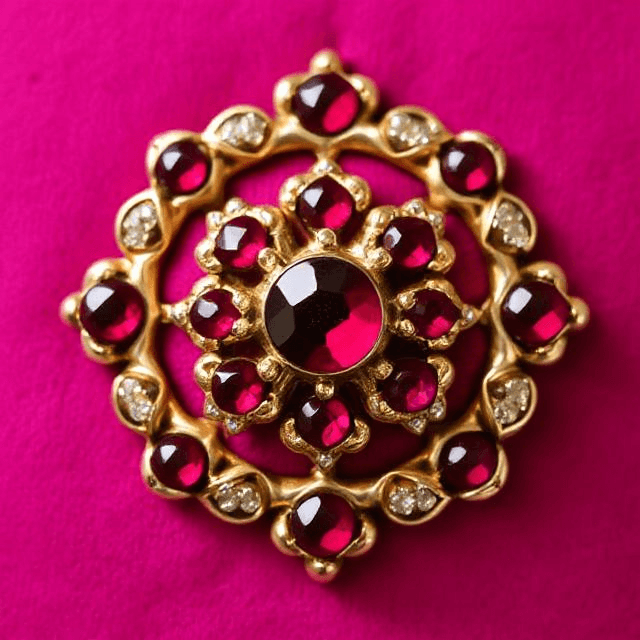
Around 18th-century a button smuggling such that encrusted ruby and diamond was invented. The facts behind the low supply of this item and its craftsmanship are the rarest treasures indeed. That’s why they are costly and are so much valued in the market.
The Renaissance Pearl Button – $2.7 million
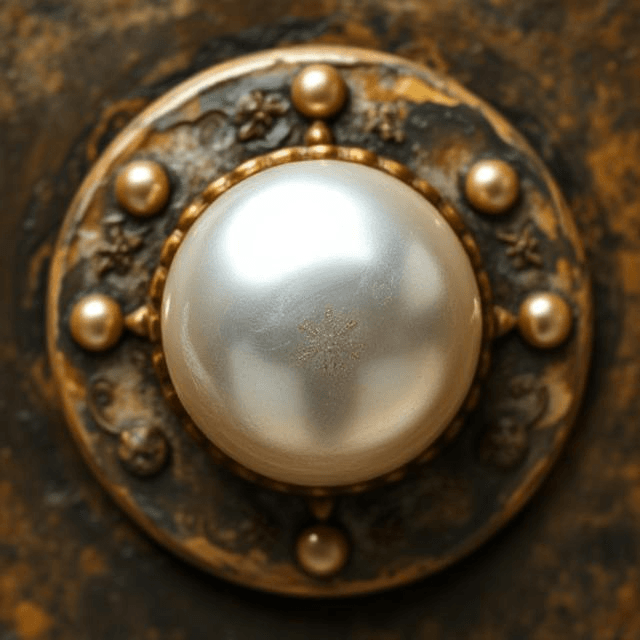
This is dated as the 16th-century era, and it is marked with a refined detailing of a profusely- ornamented pearl, now extremely popular and appreciated as opulent jewelry.
The Pearl-Studded Duchess Button – $2.5 million
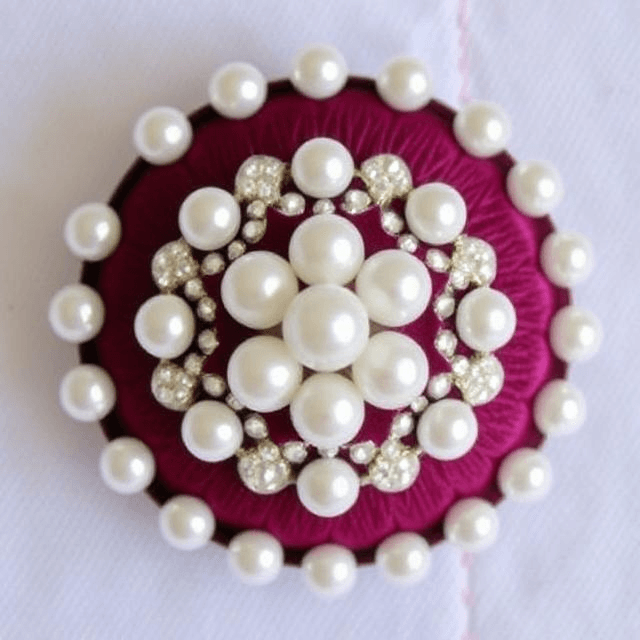
This particular button was said to be worn by an absolutely stunning duchess during the 16th century. It was cast of pure gold and was embellished with pearls and diamonds.
The Golden Button of Versailles – $2 million
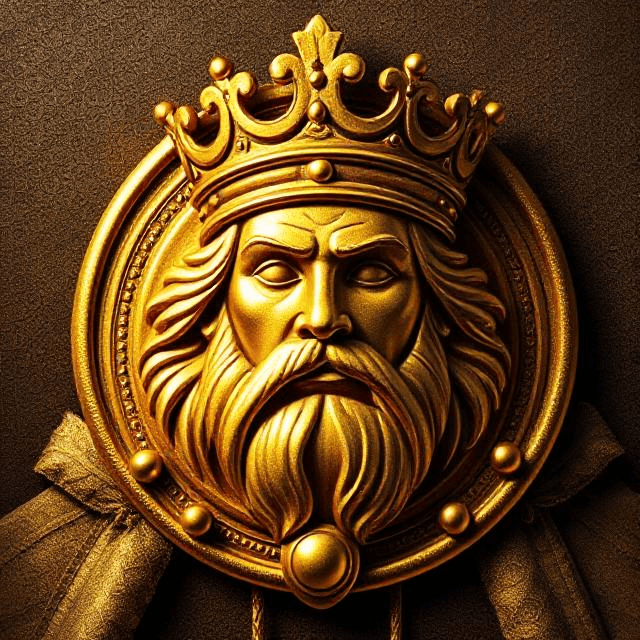
It was part of the ensemble that the king sported in Versailles. A golden button is believed to be one of the gold clothing Louis XIV wore when he went to great lengths to remain fabulous.
The Evolution Continues: Buttons in Modern Fashion
In these times the buttons play a crucial role in fashion as garment decoration. Making it with such designers as Giorgio Armani, Vivienne Westwood, and Alexander McQueen, they include buttons in their particular outfits and will often be viewed as a way to boost a piece of it. Nowadays, the traditional shirt button to the most experimental button designs is part of the history of buttons that further progresses through the fusion of fashion with technology.
In the present day, the items of the clothes in turn, the buttons are still not the solely one as normal options versioned with materials like wood, ceramic, and fabric are often included. They are created in literally each shape, size, and color we may consider as a functional garment part as well as a clothing emphasis.
The history of buttons is actually a commensurate of the march of civilization—from archaic fasteners used (fasteners of Majestic Imperial Grace during the Indus Valley times) to the jewelry-encrusted buttons worn by ancient and medieval royalty. Namely, buttons have been employed for different purposes: as indicators of rank, as utilitarian objects, and even as artworks.
The course of the changes in the operation and style of buttons corresponds to our personal wishes to use clothes as our media to express ourselves, and hence, they are of high value, particularly when created with valuable materials or depicting historical events. Buttons are not just fasteners—they are an inextricable element of human civilization, a piece of history, if small, a ton of deeds, one of us ostentatious, into our garments.
So, next time you fix the buttons of your shirt or jacket, try to pause for a while to grow in awe at the small piece of the world’s existence it has managed to live during all these years. From ancient painted clay buttons to the newest buttons on the stylish runways, buttons tell a tale of not only a fashion trend but rather a thousand year-old tradition of fashion.
You May Also Like :
World Mythology
Glimpse of Mythologies Around the Globe
The Evolution of Book Covers
Translating Culture: The Challenges of Literary Translation

